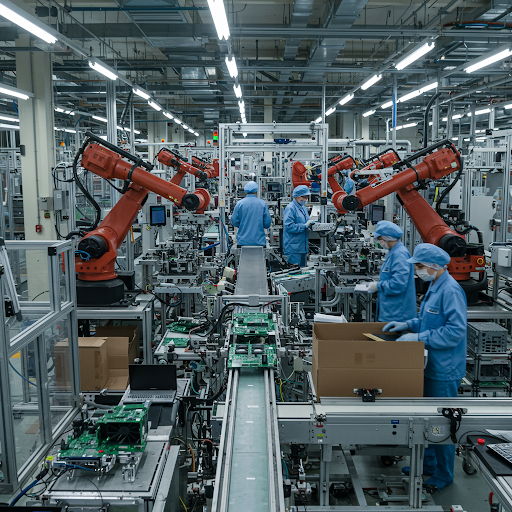
Future-Proofing Business Ops: Key Automation Trends I’m Implementing with Python & AI
In a business landscape that demands constant evolution, future-proofing operations isn’t a luxury—it’s essential for survival and growth. Python and AI are my go-to tools for building not just solutions for today, but adaptive systems designed to stand the test of time and changing market needs. Here’s a glimpse into how I approach this, moving beyond mere fixes to create lasting operational advantages:
1. Beyond Hardcoded Logic: Building Agile Rule Engines I once faced the challenge of developing an application to manage payments for thousands of milk suppliers. The complexity was immense: numerous quality parameters, diverse calculation methods for payments, intricate deductions, and various bonuses. Traditionally, such logic is deeply embedded („hardcoded”) into software, making any change a costly, time-consuming process requiring vendor intervention.
My Python-driven solution? I architected a dynamic „algorithm directory.” Instead of rigid code, I created a flexible library of calculation algorithms, with clear definitions applicable to different supplier categories. This empowered the business to adapt rules swiftly and independently as new parameters or supplier agreements emerged, ensuring agility and dramatically reducing operational overhead.
2. Intelligent Interfaces: Data Entry That Adapts to the User (and Data) A key insight emerged during that milk supplier project: why not make the data entry process itself intelligent and error-proof? Leveraging Python’s versatile libraries, I developed dynamic data entry forms. These weren’t static screens; they intelligently adapted to the specific supplier profile being processed. This meant users were only presented with relevant fields and input options, with contextual validations in place. The impact was a drastic reduction in data entry errors, a streamlined user experience, and a significant uplift in data quality right from the source.
3. Schema-Driven Automation: Dynamic Systems at Scale for Unprecedented Flexibility Another impactful project involved creating responsive web forms generated entirely from XSD schema definitions. The submitted data was then neatly saved as XML in a database, with XSLT used for flexible visualization and reporting.
These aren’t just isolated projects; they reflect a core philosophy: using Python and its rich ecosystem (often augmented by AI principles) to build highly adaptive, scalable, and user-centric systems. It’s about empowering businesses to not just react to change, but to anticipate and lead it.
Want to explore more on practical automation strategies and building resilient, future-ready business systems with Python & AI? ➡️ Follow my profile for more insights, deep dives, and real-world examples!
#Python #AI #Automation #FutureProofing #SystemArchitecture #BusinessProcessAutomation #DigitalTransformation #Innovation #ProblemSolver #FinTech #AgriTech
 StreamLineDB
StreamLineDB